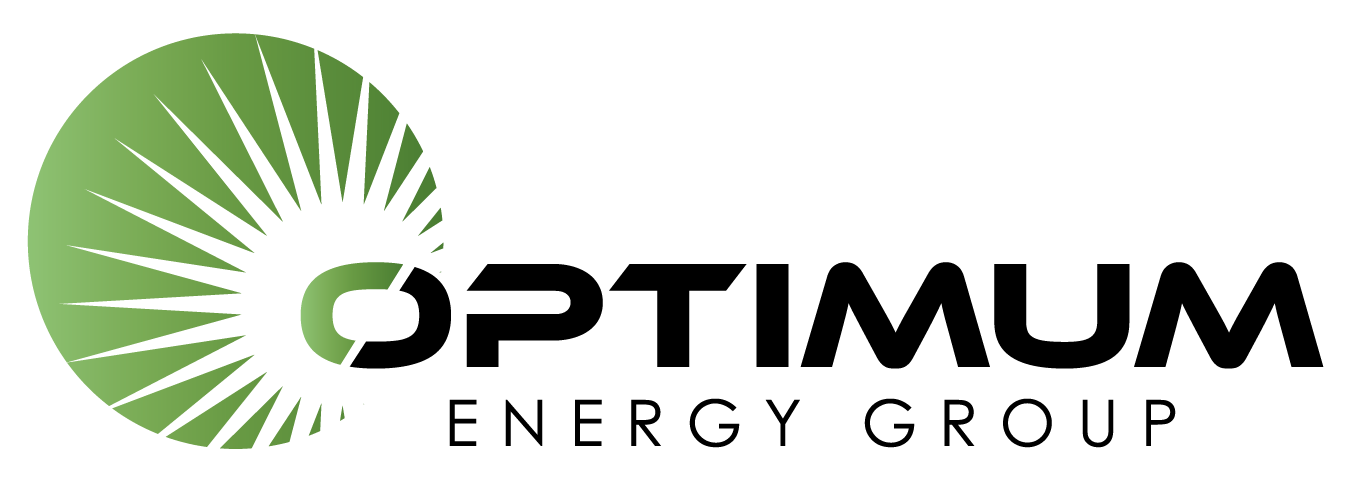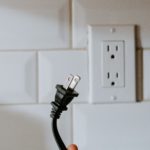IS SOLAR POWER ENERGY A HOAX?
 In all reality, not every rooftop is situated or built in such a way that solar would be beneficial. And it is true that solar energy systems are NOT the correct green energy or cost savings solution for a number of Homeowners. And the correct answer to solar viability for any home becomes apparent when several factors are looked at.
In all reality, not every rooftop is situated or built in such a way that solar would be beneficial. And it is true that solar energy systems are NOT the correct green energy or cost savings solution for a number of Homeowners. And the correct answer to solar viability for any home becomes apparent when several factors are looked at.[/vc_column_text][/vc_column][/vc_row]
Want to get more Optimum Solar updates like this or learn about Optimum Energy Group solutions and services? Take a look at our Solar Projects , Customer Testimonials, or Giving Back Program, and then follow us on Facebook, Twitter , Instagram, Pinterest, YouTube and Linkedin.





